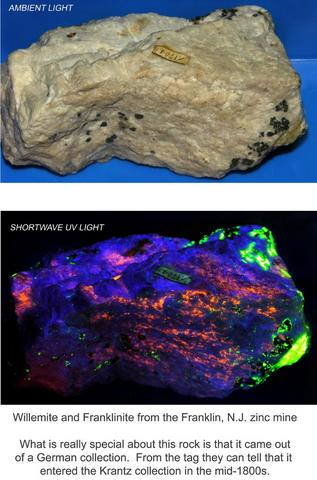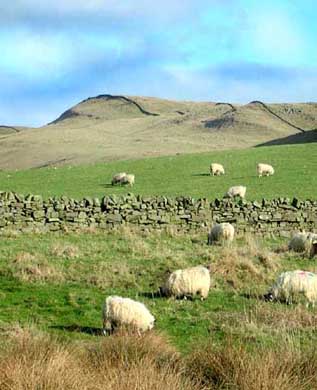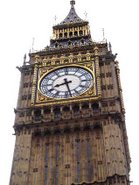Star Gazing
-
----------------------- (click on any of the pictures and they will enlarge)
-
When I was living in Europe I had a nice motorized, computer controlled telescope. Before I moved back to America I gave it to my best friend. He has two boys, and I thought they would all enjoy it.
When the new J.C. Penny store opened nearby my house here in El Paso, Texas they had some really fine introductory/teaser prices. I bought a Meade RB-60 telescope there. It normally sells  for about $100 but right now it is on sale at Amazon.com for $40-. It is the traditional "spy glass" refractor design. Considering the price it is a good telescope.
for about $100 but right now it is on sale at Amazon.com for $40-. It is the traditional "spy glass" refractor design. Considering the price it is a good telescope.
It has a 60 mm diameter aperture (light gathering lens) and a focal length of 700 mm.
- 
It does have some problems though when you mount a relatively heavy Nikon D80 DSLR camera body on it. The brake keeping it pointed at the right elevation is made of plastic, and it broke to pieces under the burden of this much weight. So I had to make my own brake using some fine grit sandpaper/emery cloth. The Meade telescope has no counter weight, and with the camera body mounted it was very back heavy, so I added a home made counter weight using little stones that I have tumbled glossy in zip lock bags held on to the scope tube with duct tape. Ugly. Really very unattractive, but it works.
0 But the tripod is just not up to this much weight, with the camera and the counter weights, so in the slightest little very light breeze it shakes badly. Still, it has allowed me to take some great moon pictures like this one on the left.
But the tripod is just not up to this much weight, with the camera and the counter weights, so in the slightest little very light breeze it shakes badly. Still, it has allowed me to take some great moon pictures like this one on the left.
-
Fortunately we are in the digital age, so even if 2/3 of the pictures are blurry due to camera/telescope shake it is no big deal.
-
--------------------------------------------------------------
My new telescope came in yesterday evening. I assembled it before going to bed. And at about 3:00 a.m. this morning I got up to try it out in the dark.
--
Rather than the spy glass/refractor design, this is variation on the reflector type design.-It is a more modern variation on the reflector telescope design called a cassegrain. And then there is an extra lens on the front, a full diameter meniscus lens (commonly called a "corrector plate") to correct the problems of off-axis aberrations such as coma found in reflecting telescopes while avoiding chromatic aberration.
-
This turns it into a Maksutov-Cassegrai n.
n.
-
It has a 90 mm diameter aperture (light gathering capacity), and even though the telescope is very short physically, it has a focal length of 1,200 mm. Going from a tube 60 mm in diameter to one 90 mm in diameter doesn't seem like that big a deal, but do the math and compute the area. Pi time radius squared. One finds that a 90 mm lens compared with a 60 mm lens means that it gathers 2-1/2 times are much light. You don't need this if you are only going to look at the craters on the moon, but when you want to view dimmer objects, like nebulas or distant glaxies, it really is helpful.
- LINK: http://en.wikipedia.org/wiki/Maksutov_telescope
LINK: http://en.wikipedia.org/wiki/Maksutov_telescope
-
It has a built in GPS so it knows exactly where it is located, and it has separate motors to control the rotation and the elevation. So it can automatically track the apparent movement of astronomical objects as the earth turns. This is essential for any long exposure astro photography.
-
There is a USB plug so that you can control the telescope with your laptop if you wish, which I do not. Once you get the telescope oriented, which is not terribly hard at all, then it can automatically go to lots of different neat and wonderful things out in space that are stored in its data base.
-
-
-
-
-
-
-
-


























